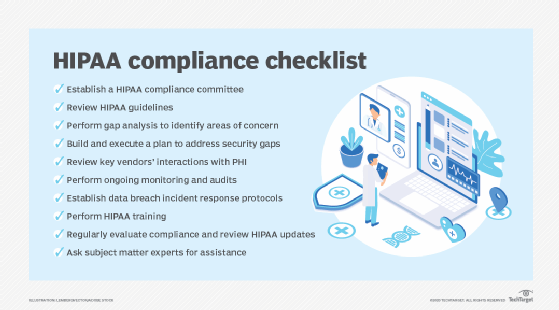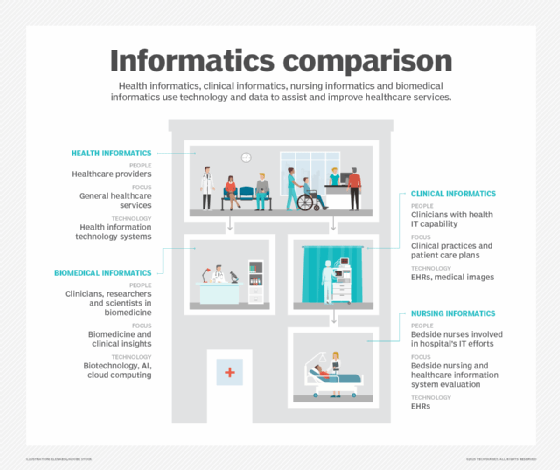ICD-10-PCS (International Classification of Diseases, 10th Revision, Procedure Coding System)
What is ICD-10-PCS?
The International Classification of Diseases, 10th Revision, Procedure Coding System (ICD-10-PCS) is an American adaptation of the World Health Organization's ICD-10 system, tailored for procedural coding in inpatient and hospital settings.
ICD-10 replaced the ninth revision of the system in 1993, and ICD-10-PCS is a U.S.-specific clinical modification of the original ICD-10. The ICD-10-PCS code set is used in inpatient and hospital settings and offers a detailed cataloging method to track various health interventions by medical professionals. It's essential for ensuring accurate and efficient health information management, particularly in the era of electronic health records.
The updated ICD-10-PCS code set has more codes than the ICD-9 version, and this helps support current health information needs. ICD-10-PCS codes must be used on all Health Insurance Portability and Accountability Act (HIPAA) transactions.

Structure of ICD-10-PCS codes
ICD-10-PCS is developed by the Centers for Medicare & Medicaid Services (CMS) in conjunction with 3M Health Information Management to track international morbidity and mortality statistics in a comparable way.
The system uses three- to seven-digit alphanumeric codes to specify medical procedures. The first digit indicates the section of medical practice (surgery, administration, measuring and monitoring, etc.) and the following digits specify the body system, root operation, body part, approach and the device used. The seventh character is a qualifying digit.
The crucial first three digits of a code are stored in the ICD manual for reference. For example, a code beginning in 0C0 would be a medical/surgical procedure on the mouth or throat -- specifically, an alteration. This intricate structure allows for a high level of specificity and precision in coding medical procedures.
Example of an ICD-10-PCS code
Here is an example of what an ICD-10-PCS code looks like: 047K0ZZ.
This is the ICD-10-PCS code for the dilation of a right femoral artery using an open approach.
ICD-10-PCS vs. ICD-10-CM
The U.S. also uses ICD-10-CM (Clinical Modification) for diagnostic coding. The main differences between ICD-10 PCS and ICD-10-CM include the following:
- ICD-10-PCS is used only for inpatient, hospital settings in the U.S., while ICD-10-CM is used in clinical and outpatient settings in the U.S.
- ICD-10-PCS has about 87,000 available codes while ICD-10-CM has about 68,000.
- An ICD-10-PCS code can be made up of any combination of numbers and letters while with ICD-10-CM, the first digit must be either a number or letter and all other digits are numbers.
ICD-10-PCS sections
There are 17 sections to ICD-10-PCS. The sections relate to the type of procedure being performed. They are the following:
- Medical and surgical.
- Obstetrics.
- Placement.
- Administration.
- Measurement and monitoring.
- Imaging.
- Nuclear medicine.
- Radiation oncology.
- Osteopathic.
- Physical rehabilitation and diagnostic audiology.
- Extracorporeal assistance and performance.
- Extracorporeal therapies.
- Laboratory.
- Mental health.
- Chiropractic.
- Miscellaneous.
- Substance abuse treatment.
ICD-10-PCS guidelines
Approved by the four organizations -- the American Hospital Association, the American Health Information Management Association, CMS and the National Center for Health Statistics -- the guidelines for ICD-10-PCS are a set of rules that have been developed to accompany and complement the instructions provided within the coding system. However, the instructions provided within ICD-10-PCS take precedence over these guidelines.
The guidelines provide additional instruction to the coding and sequencing instructions in the tables, index and definitions of ICD-10-PCS.The purpose of these guidelines is to assist healthcare providers and coders to identify the procedures that need to be reported.

Challenges with ICD-10-PCS
Learning and effectively using the ICD-10-PCS system presents several challenges, particularly due to its complexity and depth. First and foremost, the sheer volume of codes in ICD-10-PCS can be overwhelming, with around 87,000 codes to understand and apply. This extensive range requires medical coders to possess detailed knowledge and a deep understanding of medical terminology, anatomy and procedures.
Another challenge is the specificity and granularity of the coding system. Each character in the seven-character alphanumeric code has a specific and unique meaning, which can lead to confusion or errors if not correctly understood. The codes not only describe the procedure performed but also detail the approach, body part involved, and any devices used. Such detailed information demands high levels of concentration and expertise from coders.
Staying updated with annual updates and changes to the ICD-10-PCS code set is also a significant challenge. The system is dynamic, with regular updates that reflect the evolving nature of healthcare procedures and technology. This necessitates continuous learning and adaptation by healthcare professionals who use the system.
The importance of accuracy and precision in coding
The need for accuracy and precision in using ICD-10-PCS cannot be overstated. Accurate coding is crucial for several reasons:
- Billing and reimbursement. Accurate coding directly affects billing and insurance reimbursements. Incorrect codes can lead to claim rejections or delays, impacting the financial health of healthcare facilities.
- Patient care. Coding accuracy is vital for patient care. It ensures that patients' medical records accurately reflect the procedures they have undergone, which is essential for future healthcare decisions and treatments.
- Healthcare analytics. Precise coding contributes to reliable healthcare data, which is used for a wide range of purposes, from clinical research to public health policy-making. Inaccurate coding can lead to incorrect conclusions or misinformed policy decisions.
- Compliance and legal considerations. Accurate coding is also a legal requirement. Inaccurate or fraudulent coding can lead to legal penalties and loss of trust in healthcare institutions.
Given these challenges and considerations, ongoing education and training are essential for professionals involved in medical coding. Institutions often employ regular training sessions, coding workshops, and continuous assessment strategies to ensure coding accuracy and to keep staff updated with the latest changes in the ICD-10-PCS coding system.
Additionally, the use of advanced coding software and regular compliance auditing practices can help mitigate errors and improve the overall accuracy of the coding process.
The future of ICD-10-PCS
ICD-10-PCS remains an indispensable part of the U.S. healthcare landscape, playing a key role in various aspects of healthcare administration, including patient care, billing and record-keeping. As it continues to evolve, ICD-10-PCS will remain at the forefront of health information management, adapting to the ever-changing landscape of medical science and technology.
Learn how primary care electronic health record (EHR) integration enhances social determinants of health (SDOH) documentation. Explore the benefits of clinical documentation improvement (CDI) and why medical specialty societies are key to advancing health data standards. See what role EHRs play in clinical informatics and how health information exchanges can support public health and equity.







